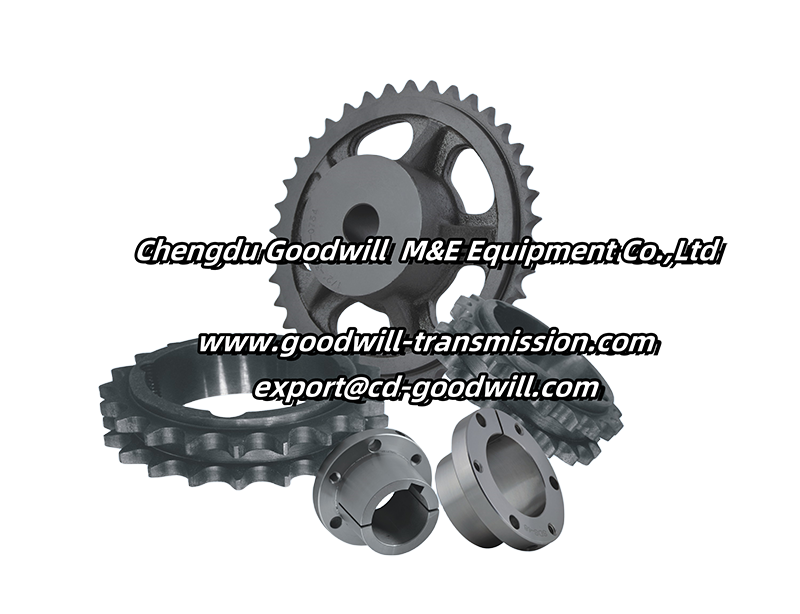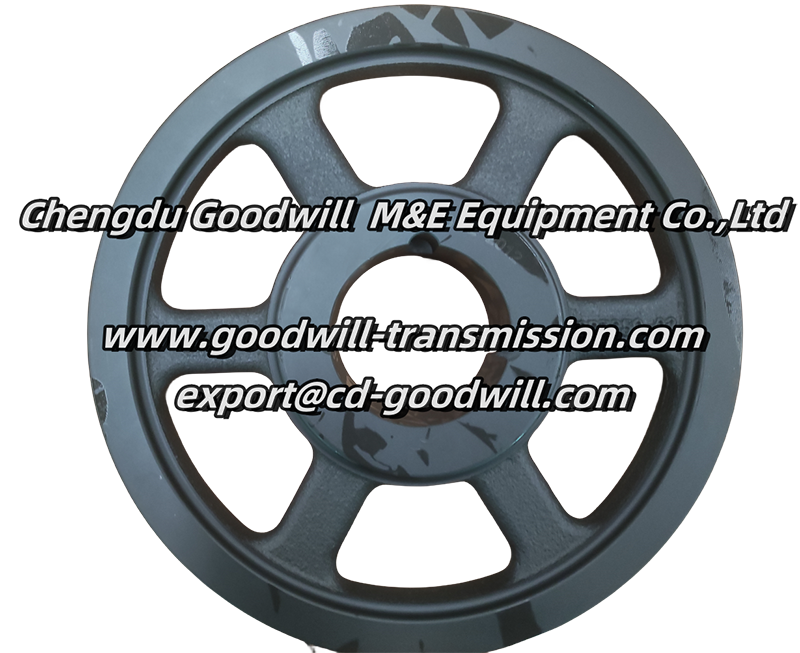
As industries worldwide shift toward electrification and automation, questions arise about the relevance of traditional power transmission components like pulleys and sprockets. While electric direct-drive systems are gaining popularity, belt pulleys and chain sprockets continue to play a vital role in modern machinery. Here’s why these components are here to stay and how they adapt to the changing industrial landscape.
1. Cost-Effectiveness of Pulleys and Sprockets
One of the primary reasons belt pulleys and chain sprockets remain widely used is their cost-effectiveness. Electric direct-drive systems often require significant upfront investment, especially for high-torque or long-distance transmission applications. In contrast, pulley and sprocket systems offer a more affordable solution without compromising performance. For businesses operating on tight budgets, these traditional components provide a reliable and economical alternative.
2. Durability and Reliability in Harsh Environments
Pulleys and sprockets are known for their durability and ability to withstand challenging conditions. Whether it’s high temperatures, heavy dust, or moisture, these components are designed to perform reliably in environments where electric systems might struggle. Additionally, their simple design makes them easy to maintain, reducing downtime and operational costs.
3. Flexibility in Mechanical Design
The adaptability of belt pulleys and chain sprockets makes them indispensable in various applications. For instance:
Belt pulleys are excellent for absorbing vibrations and shocks, protecting motors and other components from excessive wear.
Chain sprockets are ideal for high-load, low-speed applications where precision and strength are critical.
This versatility ensures that these components remain relevant across industries, from manufacturing to agriculture.
4. Compatibility with Existing Infrastructure
Many machines and systems still rely on traditional power transmission methods. Retrofitting these systems with electric drives can be costly and time-consuming. By continuing to use pulleys and sprockets, businesses can extend the life of their existing equipment while gradually transitioning to newer technologies.
5. Advancements in Material Technology
Modern pulleys and sprockets benefit from advancements in materials and manufacturing processes. High-strength synthetic belts, corrosion-resistant chains, and precision-engineered components have significantly improved the performance and lifespan of these systems. These innovations ensure that traditional transmission methods remain competitive in today’s fast-evolving industrial landscape.
6. Hybrid Systems: Combining the Best of Both Worlds
In some cases, the future lies in hybrid systems that integrate electric drives with traditional pulleys and sprockets. For example, electric motors can power a system that uses belts or chains to distribute motion across multiple points. This approach combines the efficiency of electrification with the flexibility and reliability of mechanical transmission.
Conclusion: Pulleys and Sprockets Are Here to Stay
While electrification is transforming industries, belt pulleys and chain sprockets will continue to be essential components in power transmission systems. Their cost-effectiveness, durability, adaptability, and compatibility with existing infrastructure ensure their relevance for years to come. As technology advances, these components will evolve to meet the demands of modern machinery, proving that traditional solutions can coexist with cutting-edge innovations.

At Chengdu Goodwill M&E Equipment Co.,Ltd, we specialize in high-quality pulleys, sprockets, and other transmission components designed to meet the needs of today’s industries. Explore our product range to find the perfect solution for your application.
Post time: Feb-11-2025




